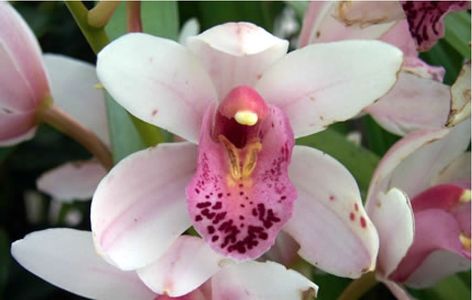CHECK OUT OUR GARDEN HOW TO / TIPS page
Signed in as:
filler@godaddy.com
- Home
- HOW TO / Tips
- PLANTING BY THE MOON
- MULCH
- Amaryllis Bulbs + more
- HYDRANGEAS CARE
- HYDRANGEAS DEMYSTIFIED
- COMPOSTING HOW TO
- Entering a Flower Show
- District IX Flower Show
- GARDEN PEST MANAGEMENT
- INTRODUCTION TO DAHLIAS
- SEED PLANTING SCHEDULE
- FALL CLEAN-UP OR NOT
- SEED STARTER MILK JUGS
- CREATIVE WATER GARDENS
- PRUNING TIPS
- PET FRIENDLY GARDENS
- OVERWINTERING PLANTS
- HOLIDAY CACTUS HOW TO
- Weed or Native Plants...
- RAIN BARRELS & GARDENS
- NATIVE SHRUBS
- PLANTING SEEDS
- NATIVE TREES FOR YARDS
- NATIVES PLANTS
- CONSERVATION AT HOME
- Sharpening Garden Tools
- Spring- Ephemerals
- HELP SAVE THE BEES
- CHRISTMAS PLANTS & MORE!
- Pollinators to Gardens
- Container Gardens How To
- Chocolate Scented Flowers
- INVASIVE PLANT SPECIES
- SETTNG UP A BEE HIVE
- CAUTION - JUMPING WORMS
- WINTER INTEREST PLANTS
- THE IRIS ~ HOW TO GROW
- ORCHID GUIDE
- VERTICAL ANNUAL VINES
- FORCING SPRNG BRANCHES
- GARDENING TRENDS FOR 2022
- HOUSEPLANT APPRECIATION
- HABITAT CLEAN-UP
- MONARCH BUTTERFLIES
- HOW TO WINTERIZE DAHLIAS
- GROWING DAYLILIES
- APHID TRAP ~ EASY
- BEEBALM / MONARDA
- CLEMATIS ~ HOW TO...
- GROWING PEONIES
- Members only
- FALL CLEANUP PREPARATION






